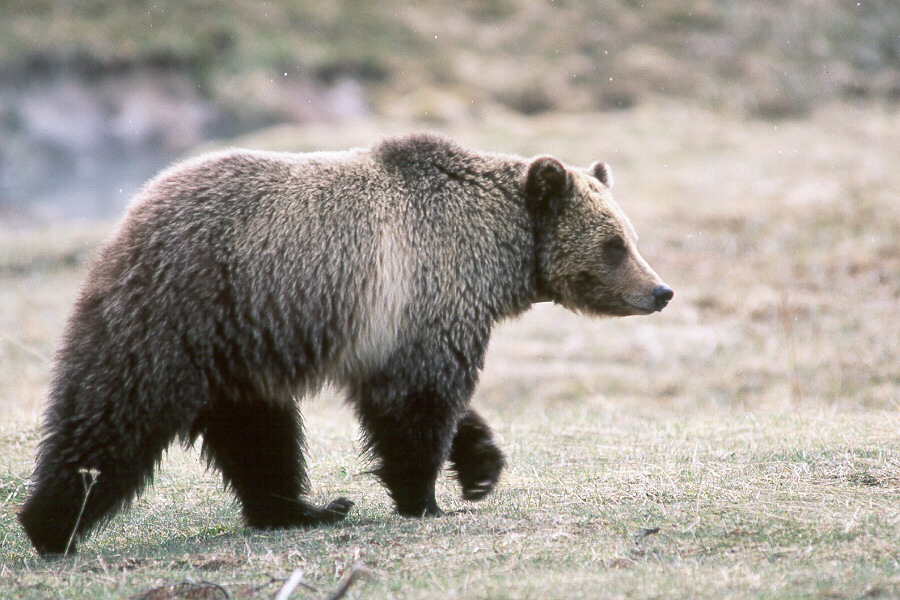MISSOULA — Once teetering on the brink of extirpation, there are now more than 1,000 grizzly bears roaming more than 8 million acres of land known as the Northern Continental Divide Ecosystem (NCDE), which stretches from the top of Glacier National Park to Missoula.
But the booming bear population also comes with a new challenge: what to do when those grizzlies stray beyond the core of the NCDE, an area that includes Glacier National Park, parts of the Flathead and Blackfeet Indian reservations, five national forests and large swaths of state and private land. That challenge was the main focus for wildlife and land managers gathered in Missoula for the bi-annual NCDE meeting on Nov. 20.
During the daylong meeting, state and federal wildlife managers updated attendees on the regional grizzly bear population. This year, there have been 50 confirmed grizzly bear deaths or removals from the NCDE. Three of those mortalities (a term used by wildlife biologists whenever a bear is removed from the NCDE population, even if it’s going to a zoo) occurred recently in the Flathead Valley. On Nov. 8, a young male grizzly bear was struck and killed by a train near Columbia Falls. And in the last month, two adult females died near the Hungry Horse Reservoir. Both of those bears died of natural causes.
U.S. Fish and Wildlife Service (USFWS ) officials had hoped to start removing NCDE grizzly bears from the endangered species list this year, a move that would eventually allow people to hunt the animals. However, according to USFWS bear recovery coordinator Hillary Cooley, those efforts are now on hold because of ongoing litigation over the delisting of grizzly bears in the Greater Yellowstone Ecosystem.
As the grizzly bear population grows, so too does the concern that they will have more interactions with humans. That was a primary topic of discussion on a panel about connectivity during the NCDE meeting. Panel members said it was important that people living in western Montana be bear aware, including being more vigilant about proper food storage and picking up carcasses.
“Education and outreach will be critical in helping folks learn to live with grizzly bears,” said Vickie Edwards, conservation project manager for Five Valleys Land Trust.
But not everyone is excited about the expanding grizzly bear population. Nina Baucus, a rancher near Helena, said wildlife and land managers are pushing more costs onto people who work off the land. She said ranchers like herself need to be part of the discussion and not an afterthought.
“You are asking private landowners to shoulder more and more responsibility,” she said. “There isn’t enough electric fencing in the United States to protect every apple tree in Montana.”
Another rancher, David Mannix from Helmville, sat on the NCDE connectivity panel and said that maintaining a mutual respect for everyone’s goals is key. The panel acknowledged that relations with ranchers — particularly those who have lost livestock to grizzlies in the past — haven’t always been great in the past but were optimistic that they could improve.
“We need to stay at the table so that we can come up with common solutions to our problems,” Mannix said.
